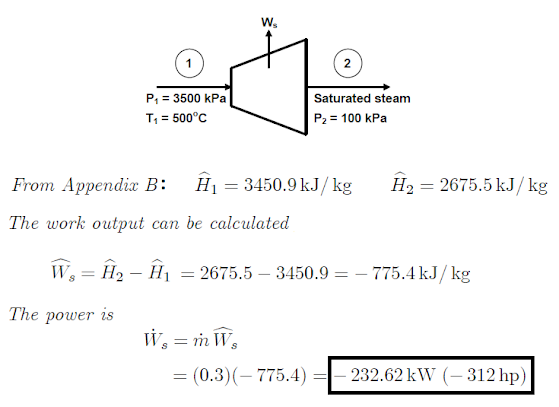Compressors and pumps are devices used to increase the pressure of a fluid by doing work on the fluid through a rotating shaft.
While compressors are
used for gases, pumps are used for liquids. A steam turbine, on the other hand,
is used to convert heat energy contained in high pressure and high temperature
steam into mechanical energy which can generate electricity.
Pumps are an essential
part of many chemical engineering processes. They move, store, and transfer
fluids and are a pivotal component of the process. Pumps can be classified into
two types:
- Positive displacement pumps – This type uses the difference in pressure between two chambers to create a force that drives liquid from one chamber to another. They are used in chemical engineering, water treatment, and food processing industries.
- Vacuum pumps – This type is used to create a vacuum in a system. They are used in many industries, such as chemical engineering and fluid power. Vacuum pumps can be further divided into two types: positive displacement – this one uses pistons to create suction and rotary vane uses rotating vanes around a central shaft to produce suction through centrifugal force.
Compressors increase the pressure through a series of rotating discs or cylinders and is typically powered by an electric motor. It consists of two rotating cylinders (one inside the other). Compressors are used in various applications, from cars to airplanes and in chemical engineering to process and control the flow of gases.
For most compressors,
pumps and turbines it is found that the changes in kinetic and potential energy
terms are usually quite small in comparison to the change in enthalpy. Thus, the
energy equation reduces to:
Example
A 0.3kg/s of steam enters
a steady-flow turbine at 3500 kPa and 500°C. Saturated steam leaves the turbine
at 100 kPa. The turbine is well insulated so that the process may be assumed to
be adiabatic. Calculate the power output of the turbine.
Solution
Note: The Appendix B for steam values that I have referred to in these questions was obtained from:
M.D Koretsky, Engineering and Chemical Thermodynamics, Wiley, 2004.






No comments:
Post a Comment